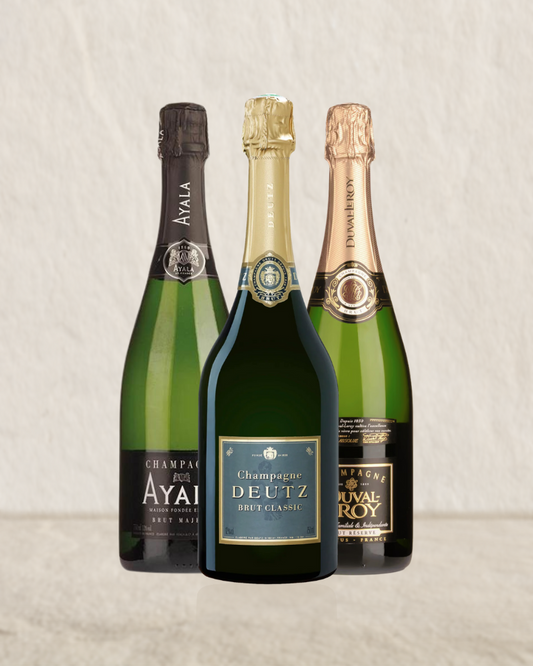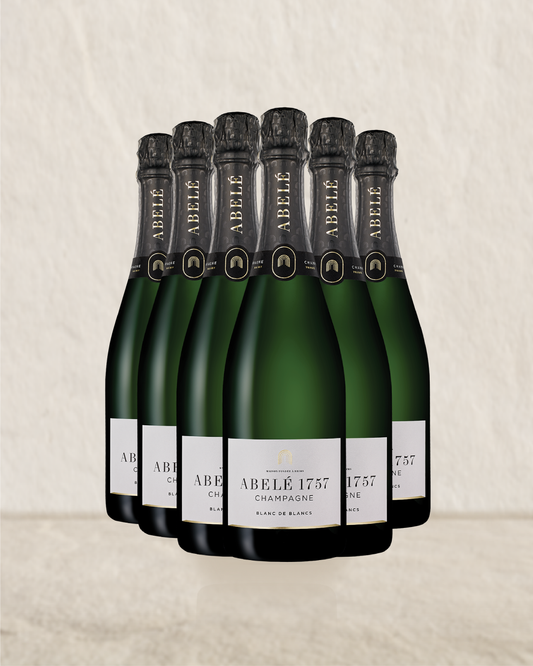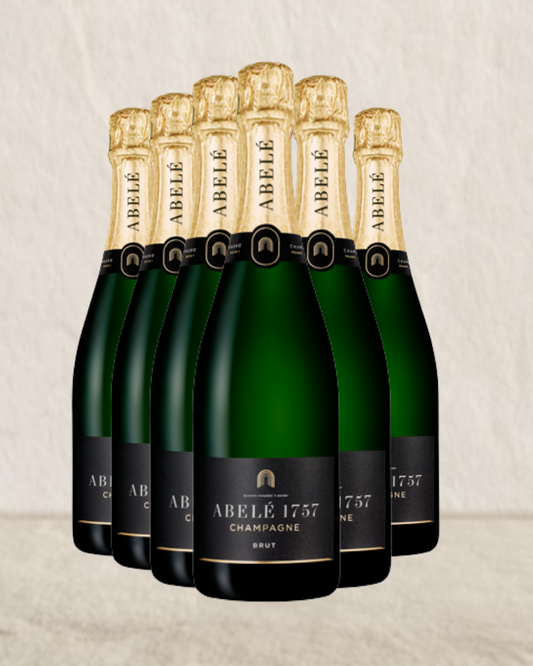The main pruning methods used for appellation Champagne grapes and why strict pruning methods are imposed
Of all the vineyard workers duties, pruning is of the most importance. It requires the greatest skill and experience as it is the most crucial interaction between man and the vine. It is not a pleasant task, and is carried out during the dormant winter period, while very cold and the sap has subsided. It takes its toll, leading to very sore backs and hands, but a vital practice that can not be left to the inexperienced.
The vine is pruned for two major reasons, to restrict the quantity of grapes being produced and to force the vine to grow in a specific way.
Pruning helps to sustain the health and vigour of the plant, while controlling the quantity and quality of fruit, and directing the size, shape, and height of the vine to positive effect. Pruning helps to cut out diseased and damaged branches, averting the spread of decay and channels the all important sap back into productive parts of the plant. Controlling shoot growth will direct all the vines reserves to fruit production, promoting greater fruit quality.
Left to its own the sap will rise to the uppermost bud of every stem and will always be the first to shoot. Hard pruning will divert the energy to the desired amount of buds and is a more controlled method of growth. Delayed pruning is often employed in Champagne as it also delays flowering which can avoid the deadly spring frosts. Only by controlled yields can high quality grapes be achieved. Reducing the amount of fruiting buds lowers the quantity, but raises the quality of the grapes produced. Where vines are allowed to produce large quantities of grapes, the vine eventually exhausts itself and has a much shorter life span.
Vines are trained to grow a specific way for two key reasons. It facilitates vineyard practices and applications when tending the vine and the soil. Secondly, it is essential to grow the vines at a specific height above the ground. The closer the vines are to the soil, the better they will mature. This is due to the warmth of the suns rays reflected off the earth which compliments the benefits of direct sunshine, and at night the soil radiating back that warmth it has absorbed during the day.
A second reason for vine control, is that the left that to its own devices the vine would send out suckers, which would in turn set out its own root system. Within two to three years, when new root systems are established, the vine would be relying not on the grafted root-system but the regenerated root system which would be prone to the ravages of phylloxera.
There are four permitted systems of pruning and training permitted in Champagne, Cordon du Royat, Taille Chablis, Guyot, and Vallee de Marne, but two systems predominate. Taille Chablis is considered the most effective system for the Chardonnay grape while Cordon du Royat is considered the finest for Pinot Noir. The choice of pruning method is based on both grape variety and also the vineyards position within the echelle des crus. All vineyards rated between 90 and 100 percent are trained either on Cordon du Royat or Taille Chablis for all three varieties.
Taille Chablis (spur trained) As the name implies this system was developed in the Chablis district, although they now in fact use the Guyot Double instead. Champagne is the most important area for using the Taille Chablis system, where it now accounts for over 90% of Chardonnay plantings. It is a slanting bush vine system, without the support of a central post. Three, four, or five permanent branches may be cultivated, with each being grown at yearly intervals. The distance between each vine in the same row determines the eventual life of the oldest branch, as once it encroaches on the next vine it is removed and a new one will be cultivated from a bud on the main trunk.
Cordon de Royat (spur trained) This is the main system for Pinot in Champagne. It is essentially a spur-trained version of Guyot Simple. This system is based on a single cane horizontally trained no more than 0.6 metres above the soil. Shoots are trained upwards and must be spaced at least 15cm apart. An end shoot is also allowed which is in itself an extension of the main branch, along this shoot may be a further four buds. After pruning each shoot is allowed two buds except in the case of Chardonnay where three are permitted (since the first bud for this variety is always infertile). The pruning system chosen is always decided by the most effective means to maximize quantity balanced by quality, and no other region in the world is so focused in the pursuit of quality. As the delimited Champagne region can not expand, and is at its maximum production, to maintain its pre-eminence as the finest of its kind, it is the attention to every aspect of production that sets it apart from all the other so-called ‘sparklings’.






